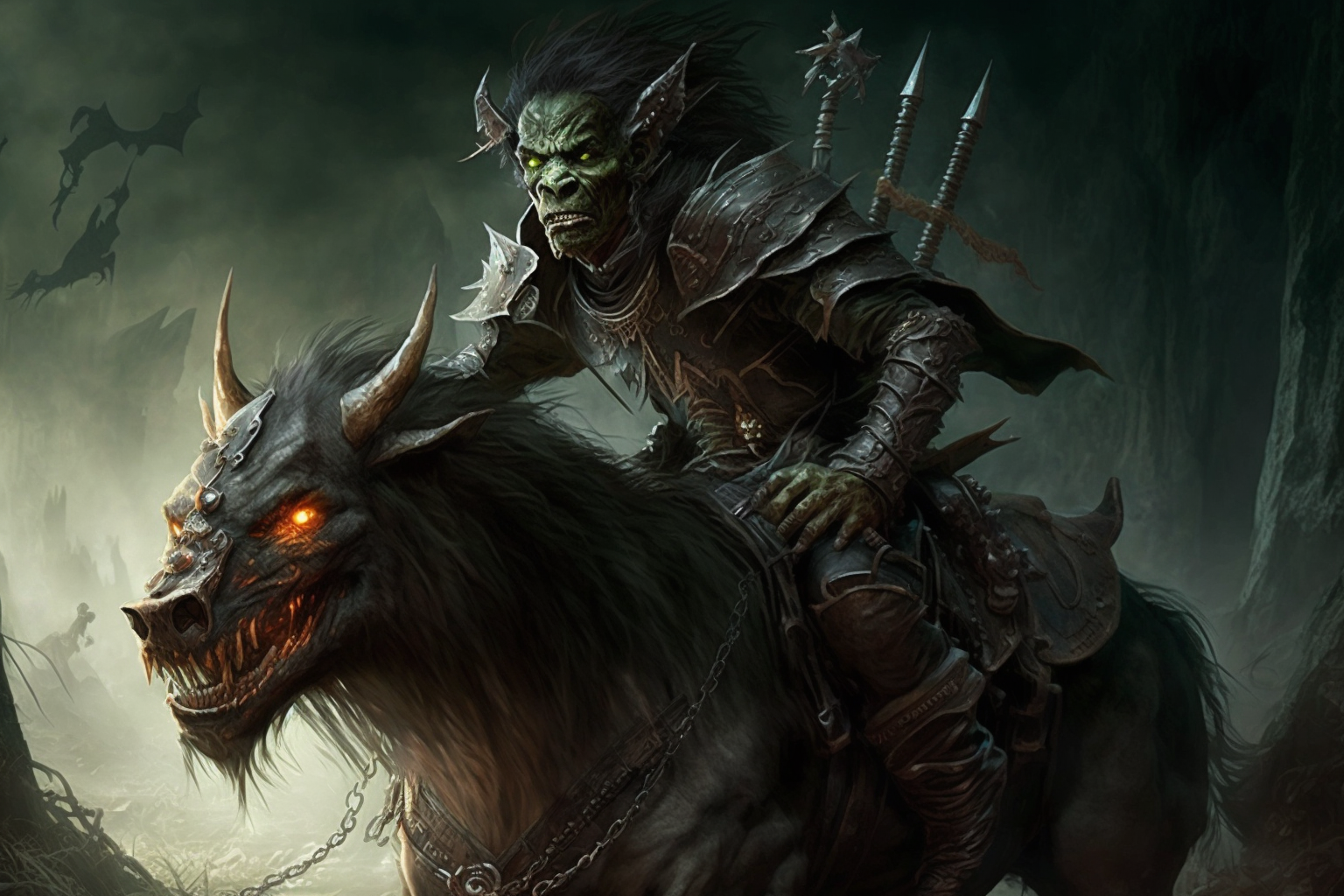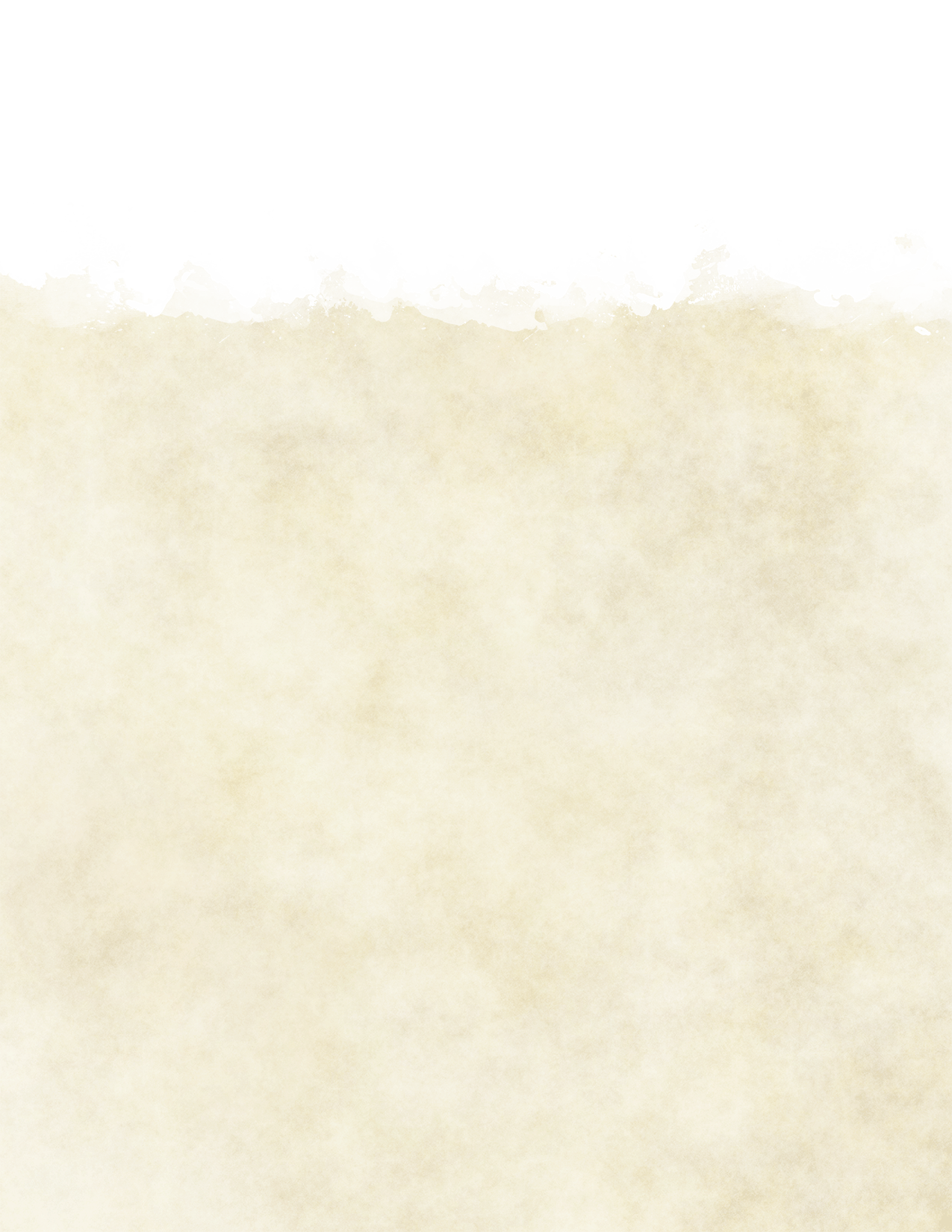Common Sense Mounted Combat



Mount requirements
A mount must be at least one size larger than a creature in order to bear it as a rider, and the mount must meet at least one of the following conditions:
- be magically-controlled
- be willing
- be grappled
If the mount does not have an appropriate harness/saddle/bag, or anatomy appropriate for riding, the rider must maintain a grapple.
Undirected Mount Actions
An undirected mount takes movement and actions independently on its initiative. Its rider(s) can ready actions to take during the mount’s movement.
Directed mounts
A mount that is willing and capable of taking direction from a rider, or it is controlled, is a directed mount. On the rider's turn, the rider can direct the mount's movement as a free interaction. The rider can optionally use its action to direct the mount's action if it has not used its action this round. If not directed, the mount takes no action.
Directed Mounted Actions
On a directed mount you can optionally use your action to do one of the following:
-
Direct your mount to dash.
-
Direct your mount to dodge–also grants benefits of the dodge action to the controlling rider.
-
Direct your mount to make a mount's attack, including multiple attacks if it has them.
Mounting and Dismounting
Mounting a willing mount and making a controlled dismount each require half of your movement and half of your mount’s movement. Accordingly, to mount, and then use the mount's movement, and then dismount on the same turn requires the rider to user their action to direct the mount to dash.
If a mount does not have half its available movement remaining you cannot mount it this turn. However, if you have half your movement remaining you can ready an action to mount it on its next turn.
You can mount a mount that has 0 movement speed (it doesn't have to move), but not if your movement speed is zero, because you can't move.
Movement on Mounts
On a huge or gargantuan mount, any rider can use their movement to move to a different anatomically-feasible location on the mount. The mount counts as difficult terrain. Movement on a mount that has dashed may require a Dexterity (Acrobatics) or Animal Handling check, as determined by the DM.
Mounted Armor Class
While on a mount, your mobility is limited and your Dexterity modifier can add no more than +2 to your AC. While you are directing your mount to take the dodge action, if your mount's Dexterity modifier is higher than yours, you can optionally add your mount's Dexterity modifier to your AC instead of yours.
Grappling unwilling mounts
A creature can climb onto a larger size unwilling creature with a successful grappling attack using Strength (Athletics) opposed by the unwilling creature’s Strength (Athletics) or Dexterity (Acrobatics). If the grappling creature has claws it can optionally make the attack using Dexterity (Acrobatics).
When a mount has been grappled in this manner, it's movement is not zero, but its speed is halved unless the creature is two sizes or more smaller.
A rider of an unwilling mount may use an action that only requires one hand. However, a rider that takes this action, rather than using their action to maintain the grapple, has disadvantage on rolls to maintain a grapple until the beginning of their next turn.
A grappling attack to mount a creature from above typically gains advantage. A creature two or more sizes larger than the grappling rider has disadvantage to oppose the rider, if it cannot easily reach the rider.
Uncontrolled dismount or fall
If an effect moves your mount against its will while you are on it, you must succeed on a DC 10 Dexterity saving throw or fall off the mount, landing prone in a space within 5 feet of it. If you are knocked prone while mounted, you must make the same saving throw. If your mount is knocked prone, you can use your reaction to dismount it as it falls and land on your feet. Otherwise, you are dismounted and fall prone in a space within 5 feet of it.
A dismount from an uncontrolled, unwilling mount or a jump or fall from up to a large creature does not use movement and you land prone, unless you succeed on a DC 10 Dex (Acrobatics) save. If your mount dashed on its previous action, the save is DC 14 and you take 1d6 fall damage on a fail. For huge size or greater creatures or flying creatures use fall damage.
If a saddle has straps for aerial maneuvers, the rider does not have to make checks to stay mounted.
Mount's attacks
Mount's attacks are attacks a mount can make without unseating its rider. Examples include a making a shove or goring attack by charging into a creature, trampling (hoof or claw attack on a prone creature), or a flying creature making a claw or breath weapon attack.
Attacks that require rearing back like a hoof attack against a non-prone creature or a wing gust attack may require a Strength (Athletics) or Animal Handling skill check as required by the DM, if the rider is not secured to the mount via a rope or harness.
Ranged attacks on a mount
Ranged attacks from riders on mounts using a non-magical fly speed (beating wings) have disadvantage unless the creature glides straight for at least 20 ft. prior to an attack roll.
If a mount takes the dodge or dash action, ranged attacks from riders on that mount have disadvantage until the beginning of the undirected mount's next turn or the directing rider's next turn.
Mounted Reach
While mounted on a large creature, your melee attacks at small or tiny creatures, or prone creatures of medium or smaller size have disadvantage, unless you have 10 feet of reach.
While mounted, your melee weapon attacks cannot benefit from advantage against an adjacent prone target unless you have 10 feet of reach.
While mounted on a huge creature, your melee attacks are possible against non-prone medium or larger creatures using weapons with the reach property.
While mounted on a gargantuan creature, your melee attacks are possible against other creatures that are also mounted on that creature, and are in range, or are flying within your melee range.
Charge attack
If your mount moves at least 20 ft. straight toward an enemy before you make a melee attack, add 1d4 to the damage roll.
Mounted Shove Attacks
If your directed mount moves at least 20 ft. straight toward an enemy, you can direct it to make a shove attack, or a similar attack described in its stat block if that attack can cause the prone condition. For unintelligent creatures not trained for combat, you must make a DC 12 Animal Handling check in order to direct a shove attack. If the creature falls prone, and if your mount has a hoof or claw attack, it may make the attack as bonus action. On a miss of the shove or similar attack, the rider may make a melee attack against the same target as a bonus action.
Opportunity attacks after charging
If you hit with a melee attack that qualifies for the additional 1d4 charge attack damage, and you move out of that creature’s melee range on the same turn, the hit creature has disadvantage on an opportunity attack against you or your mount.
Mounted Combat Examples
-
A fighter on a horse uses action surge. For their first action they direct their horse to dash. For their second action they make a melee attack against a target. The horse traveled more than 20 ft. in a line so the melee attack gains an additional 1d4 damage.
-
A gnome grappling onto a bear that it is controlling using the spell dominate beast uses its action to direct the bear to make both a bite and claw attack against an enemy lizardfolk shaman.


-
A barbarian with two attacks riding a trained huge size ankylosaurus directs the mount to make movement as a free interaction. The dinosaur moves 10 ft. and the barbarian makes a first melee attack at an orc with a glaive (reach property), scoring a hit. The dinosaur continues on and the orc attempts an attack of opportunity on the ankylosaurus. After 10 more feet of the ankylosaurus' movement, the barbarian uses its second attack against a worg. The attack deals an extra 1d4 damage. The barbarian directs the ankylosaurus to continue on and the worg makes an attack of opportunity with disadvantage.
-
A ranger with the mounted combatant feat has mounted a druid that is using wild shape as a giant elk, and the druid is willing to be directed by the ranger. On the ranger's turn it directs the elk to move 40 ft. and make its charge attack as described in the elk stat block. The elk's attack misses as the target creature, a hobgoblin, leaps out of the way. This attack counts as a failed mounted shove attack as described in these rules, so the ranger can make a bonus action attack with a shortsword. The ranger has advantage from mounted combatant feat and lands a critical hit, doubling the weapon (1d6) and charge attack damage (1d4) dice. The ranger directs the elk to continue out of melee range and the hobgoblin makes an opportunity attack against the elk with its own sword, with disadvantage. The ranger uses their mounted combatant feat to force the hobgoblin's attack to target themselves. The attack total is 14, a miss against the ranger's AC of 15. Without the feat, this would have been a hit on the elk with AC of 13.
- A sorcerer casts thunderwave and a goblin riding a worg is in the area of effect. The goblin succeeds on the Constitution save, but the worg fails and is pushed 10 ft. away and takes 2d8 damage. Since the mount was forcibly moved, the goblin attempts a Dexterity saving throw of DC 10 to stay on the mount. The goblin fails the save and falls prone next to the worg. The following turn in initiative is the sorcerer's ally, a barbarian. The barbarian uses their movement to move next to the goblin and attack with advantage, slaying the goblin. The next turn is another goblin's, which uses half its movement to reach the worg, half its movement to mount the worg and readies an action to direct the worg to bite the barbarian as soon as its ally, another goblin, gets on. At the top of the next round, the other goblin also mounts the worg, triggering the first goblin's held action: the goblin directs the worg to attack. Since the worg has not yet taken an action this round, it can attack. The barbarian is hit, takes damage, and is knocked prone, but the worg has no claw or hoof attack, so it cannot use a bonus action to attack the prone creature. However, the second goblin shoots its bow, gaining advantage on the adjacent prone target. The sorcerer then casts lightning lure on the goblin holding the worg's reins. The goblin directing the worg fails its strength save, takes damage, and is pulled off. The goblin succceeds on the DC 10 Dexterity save and rolls to its feet. The raging barbarian then makes a shove attack on the worg, with advantage. The worg topples, dismounting the second goblin.
Credits and Inspiration
Original art, Midjourney tool. Feel free to use for noncommercial purposes.
Change Log
| Date | Change |
|---|---|
| 2023.03.30 | Proofreading and updates to mounted AC. Art. |
| 2022.04.30 | Initial release |
Feedback Please!
Have questions, comments, playtest feedback, or requests for additional content or changes?
Need more encounters, NPCs, or maps?
Missing attribution?
Broken ability that needs nerfing?
Did you enjoy this supplement?
I need your feedback!
Contact Dan at adventure@authordanallen.com.